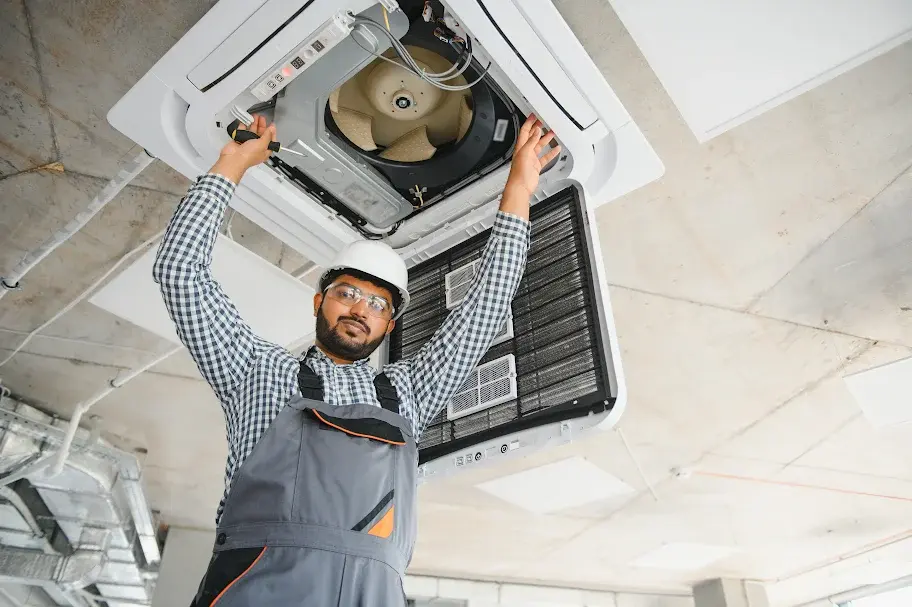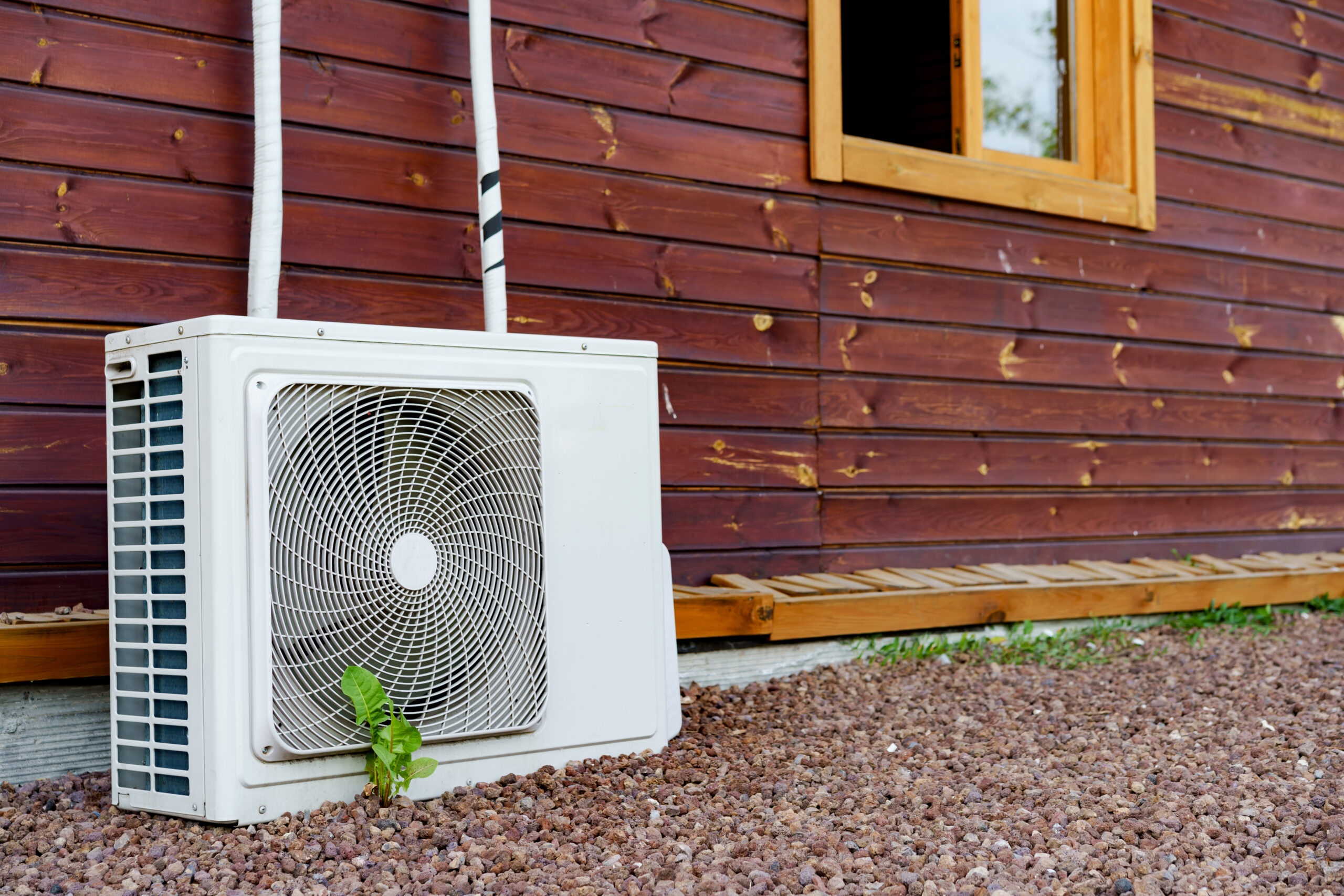Air conditioning installation is not just about grabbing a few tools, drilling holes in the wall, and installing some wires for connectivity. These are important steps, but a professional installer must take care of multiple aspects before completing them. The indoor unit should be installed at a suitable height to cover the entire room, and the outdoor unit should be placed on a solid foundation to prevent any accidents.
A Brief Overview Of The Air Conditioning Installation Process
Air conditioning installation is a complex process, but companies like Florida Mechanical A/C Services make it easier. DIY solutions might seem attractive, but one simple mistake can cost you a lot of money. Always seek professional help if you have no idea how to install complex electronic appliances.
Let’s go through the air conditioning installation process:
Check For Relevant Permits And Building Codes
Confirm with the local building authority or a relevant department if any permits are required before installing your AC. The rules vary based on your location, but it is important to check so unpleasant surprises can be avoided down the road.
Indoor And Outdoor Unit Placement
The indoor unit should be placed at a height that hits the right spots in your room, and the outdoor unit should be placed on a solid foundation. Additional precautions, like placing your outdoor unit away from sunlight, are also helpful.
Ductwork Preparation
Ductwork preparation and inspection before installation is as important to your A/C as an engine to a car. Leaky ducks can lead to inefficiency and result in high energy bills; cleaning them can help make the entire installation process smooth.
Managing Electrical Wires And Connections
Your outdoor and indoor units are like useless decoration pieces if an electrician does not connect them to your home’s electrical supply. This makes your air conditioning unit functional for personal use.
Final Testing
After completing the installation, the professional will turn on the system, change airflow settings, and measure the overall performance of your A.C. They will also give you basic information on how to control your A.C. or how to replace filters.
How Can You Make the Air Conditioning Installation Process Easy For The Technician
An electrician is here to make the air conditioning installation process easier for you, but they can use a bit of help too. Tell them your exact requirements so they come prepared, ask questions for better clarity, and know exactly what you want. This helps the technician work efficiently as they know exactly what to do before starting the installation. There are a few other measures that go a long way in helping them.
Let’s study a few steps that are helpful for AC technicians:
Cover Belongings To Protect From Dust
Use dust covers to protect your belongings, as AC installation can result in a lot of dust. This small step will help the technician work efficiently without any hurdles, resulting in a faster AC installation
Ensure Easy Access
There are complex tools involved in AC installation, and the technician needs a clean working space for maximum efficiency. Moving away unnecessary stuff will help them have easier access to the installation site.
Know Exactly What You Want
A technician might ask about your requirements for indoor unit placement for better airflow, so to save time, assess all areas of your room and form an opinion, but remain open to any modifications. The professional only wants what is best for you.
Conclusion
A technician makes a complex process like AC installation easier. Yes, it involves upfront costs, but the benefits are tremendous as DIY solutions seem attractive, but a slight mistake can blow up your budget, void the manufacturer’s warranty, and end up costing you double what the initial estimates were. Professional help is a relatively safer option that also helps retain peace of mind.
FAQs
Q. Do I need a permit before starting air conditioning installation?
Yes, you need a permit before starting air conditioning installation, as it involves following building codes.
Q. Where should the indoor and outdoor AC units be placed for optimal performance?
The indoor unit should be installed at a suitable height to cover the entire room, and the outdoor unit should be placed on a solid foundation to prevent any accidents.
Q. How can I help the technician make the installation process smoother?
You can help the technician by covering your belongings, providing easier access, and knowing exactly what you want.
Q. Why should I avoid DIY air conditioning installation methods?
DIY solutions seem attractive, but a slight mistake can blow up your budget, void the manufacturer’s warranty, and end up costing you twice what the initial estimates
Q. Name a few important steps in AC installation?
Getting necessary permits, indoor/outdoor unit placement, and final inspection are a few important steps in AC installation.


